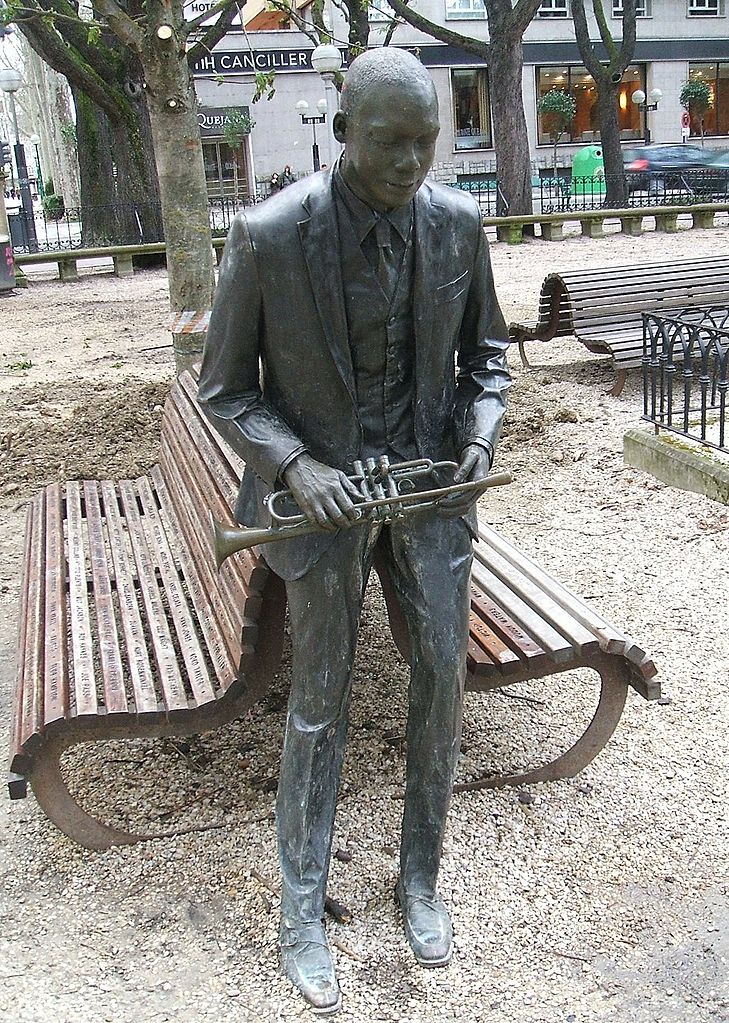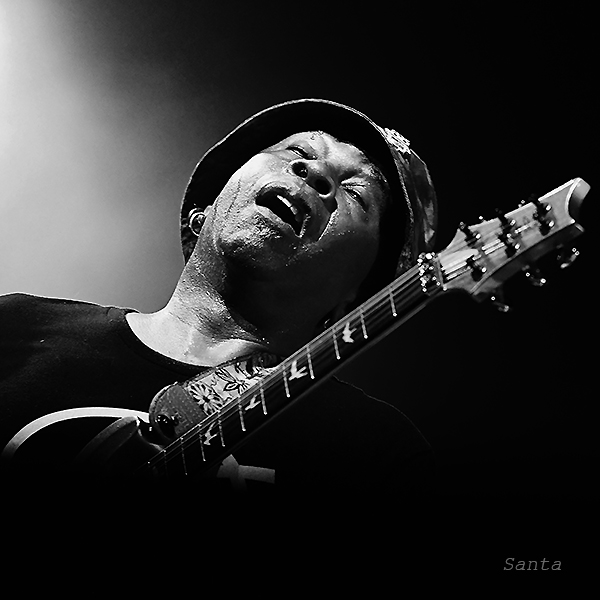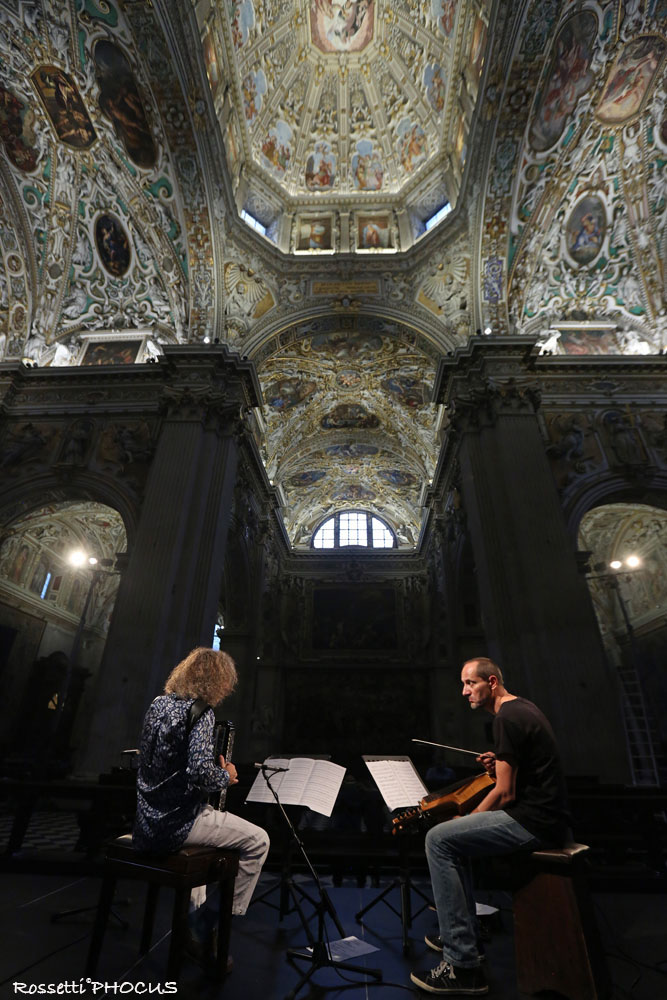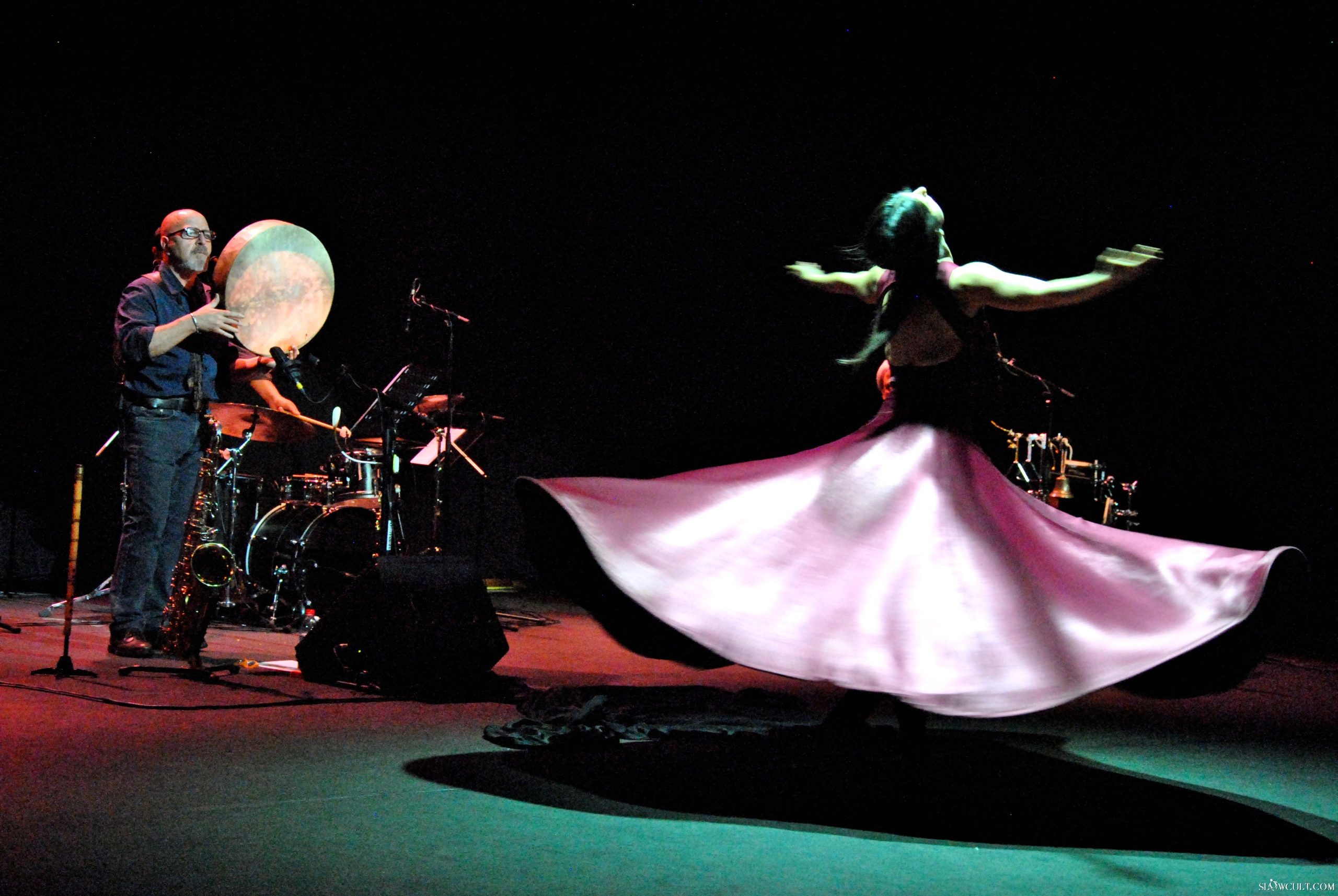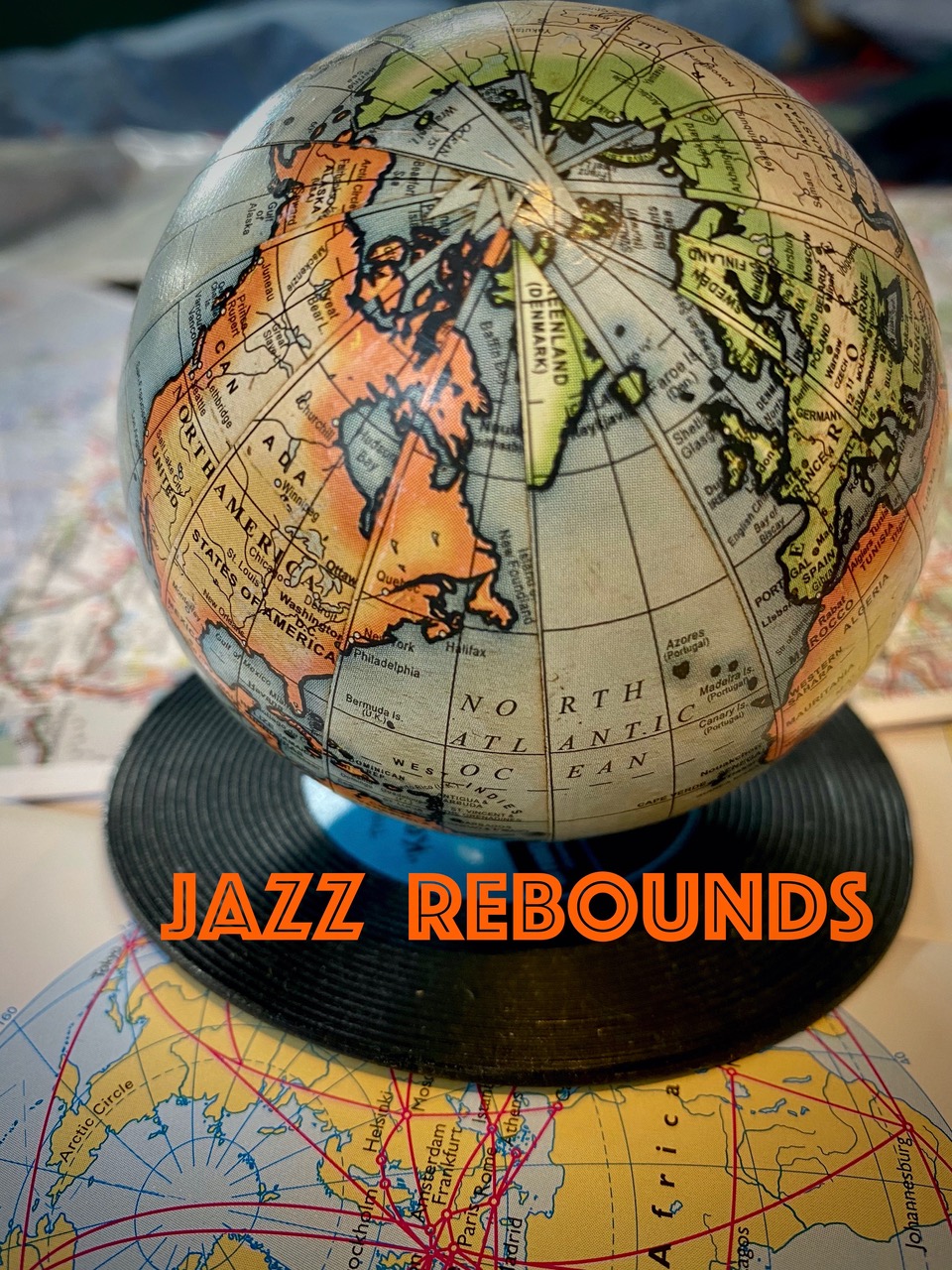The history of the Jazzfest Berlin, begun in 1964 as the ‘Berliner Jazztage,’ encompasses being founded in a divided city and continuing in a united one, all the while with jazz’s most world-famous performers.
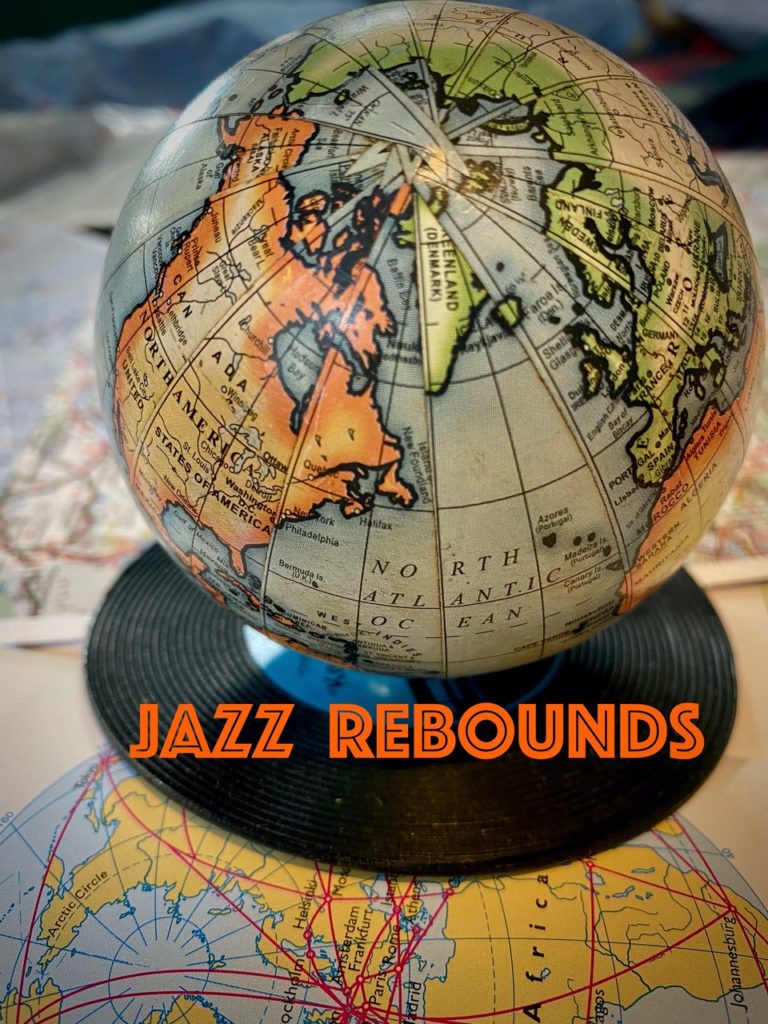
This year, however, the festival confronted another historic event: the Covid-19 pandemic and ever-changing restrictions to travel and social gatherings.
It is easily imaginable that having the festival under these conditions would have simply been deemed too difficult. According to Jazzfest Berlin artistic director Nadin Deventer, there were times that she and her small team thought it just would not be possible to continue — up to even a few days before the concert.
As she explained, “Chancellor Merkel said that by November 2nd Germany would be under a new lock-down situation, and our festival started on the 5th of November. We were afraid of even not being able to stream!”
Fortunately, the official decision was made a few days after the announcement to allow streaming and the show was able to go on.
The importance of having the festival was not something Deventer even questioned.
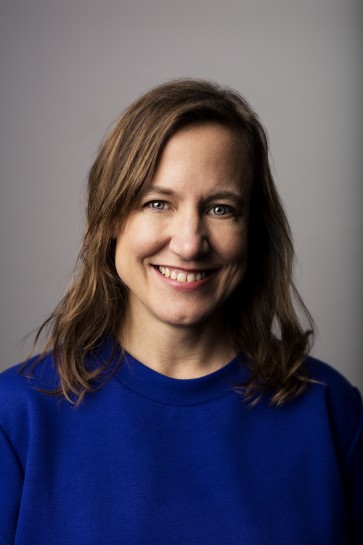
© Christoph Neumann
“For me,” she said, “it was a duty to not give up, because it’s a big responsibility and a chance to provide work and space for not just the musicians and artists, but all the other colleagues depending on the work.” Deventer added that the ability to go on was ultimately possible to have because of how the festival is funded, “we could go on thinking and planning because we are funded by the national government.”
But in the light of rapidly changing health and political situations, what could the festival do? Sometime in mid-March, Deventer said they realized this year was not going to be like other years. Under her direction, the festival had spread itself into the western Berlin neighborhood where festival artists performed in apartments and stores, as well as into some of the nearby jazz clubs, while the main action was still happening over the course of several nights in the grand auditorium, landings, and basement of the Haus der Berliner Festspiele.
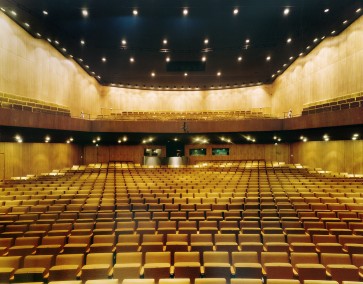
© Burkhard Peter,
This year, to accommodate renovations at that venue, the Jazzfest had been moved to the Silent Green art space, which could hold 1,200 people, as opposed to the 7,000 to 8,000 seats of previous years. As the pandemic spread and social distance guidelines were enacted, the seating was reduced to accommodate 160 people. Then, in the days before the actual festival witnessing a rapidly escalating second wave of the virus, the festival pivoted to streaming only.
In fact, live streaming had become part of the plan already during the first wave of the virus. Deventer said she had watched and made notes as smaller venues and musicians turned to the medium as a way to continue working. In addition, during one of the many meetings she was in, German public radio host Julia Neupert suggested that perhaps the radio channels could help by featuring local musicians in their affiliated studios around Germany.
Thus one part of the festival came into focus, with studios in Freiberg, Saarbrücken, Hamburg, Munich, Frankfurt am Main, Berlin and Cologne providing pre-recorded musical performances. During this time, the centerpiece of the festival also came into focus: the transatlantic exchange with musicians from New York City.
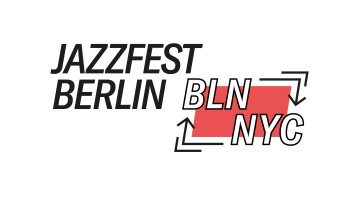
Deventer said that the connection between New York and Berlin has always been an important part of the festival and this year, the collaboration took on a new dynamic. “In June we already anticipated that travel within Europe, and maybe even Germany, may not be possible in November if there was a second wave of covid hitting Europe.” So, faced with the strong possibility that U.S.- based musicians would probably not be touring in Europe, she helped institute a partnership with Roulette in New York City.
Roulette, in a theater in Brooklyn since 2010 but offering concerts since the 1980s, was a perfect partner. As a home-base for many New York musicians, Deventer said, “the artistic profile is one reason they wanted to partner, and they liked the idea of creating this transatlantic bridge between Berlin and New York, which is also a symbolic one in these times of crisis. Plus, they have this camera system — six robotic cameras — which was already in place before the virus arrived. The idea was that the audience on both sides of transmission would have a live concert and a streamed concert, and to make sure that there was a high-class sound and video connection, which was facilitated through the Festival’s partnership with ARTE Concert in Germany. “
Even when focusing on Berlin- and New York-based musicians, there were still problems to overcome. Because of quarantine requirements, for example, cellist Tomeka Reid was unable to travel from Chicago, where she had been staying, to New York.
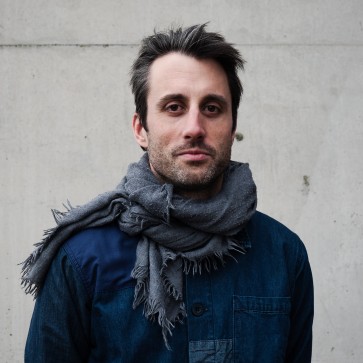
© Francesca Patella
British pianist Alexander Hawkins, who had a collaborative multi-media installation and performance with Berlin-based rapper and visual artist Siska, found out he could not travel to Berlin only hours before he would need to fly.
Hawkins elaborated on how the situation impacted the work. “As recently as September, we were able to work on the assumption that all the musicians involved in the project would be able to play live, together in the same space in Berlin.” This was not to be, but he was able to, through quick rewriting of the piece and Skype-enabled rehearsals, deliver an impressive performance.
“Ultimately,” said Hawkins, “the piece was very close to what I had hoped for, since my conception changed as the situation changed. I think what was absolutely crucial conceptually was not trying artificially to reproduce the scenario of all of us being together in the room, but instead embracing the parameters imposed upon us, and looking for the creative possibilities within those.”
There are some things to learn from the entire experience. as well. The streams had 40,000 views during the festival and the concerts will be available for a full year on the Festival and Arte.tv’s websites, providing a much wider audience than in-person only. Additionally, Deventer has made connections with organizations outside Europe like WBGO, the radio station based in Newark, NJ, and Experimental Sound Studio in Chicago.
Deventer has noted longer-term considerations. “I think that this crisis, which is also a crisis of mobility, can also facilitate a reflection on the mechanisms of this crazy touring business,” she mused. The current business “is super stressful for everybody, and maybe all together we can reflect on the possibility to provide more space and residencies for musicians, to bring touring musicians really in touch with local musicians, and co-produce and cooperate together more like this.”
Paul Acquaro writes about experimental and improvisational music for the Freejazzblog.org , where he also manages the site’s operations.

